Gongchen Bridge – Location, History, and Highlights
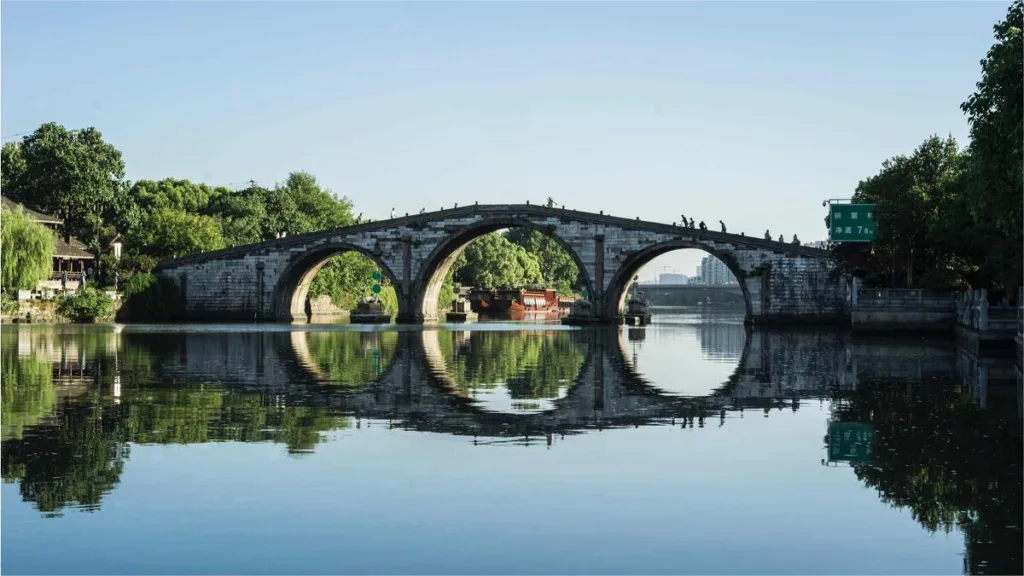

Gongchen Bridge (拱宸桥), the highest and longest stone arch bridge in the ancient city of Hangzhou, is also the landmark marking the end point of the Grand Canal from Beijing to Hangzhou. With a length of 98 meters and a height of 16 meters, the middle section of the bridge deck is slightly narrower at 5.9 meters wide, while the two ends have wider bridge piers measuring 12.2 meters across. The bridge body is constructed with interlocking stone slabs, with long chain stones running through it. It features a gentle arc shape and consists of three stone arches.
Gongchen Bridge holds historical significance as a symbol of respect and welcome for emperors during their southern tours. Its name, “Gongchen,” derives from the Chinese character “宸,” referring to the place where emperors resided, and “拱,” meaning to offer greetings or pay respects.
Table of Contents
- Location and Transportation
- History of Gongchen Bridge
- Highlights of Gongchen Bridge
- Vlog about Gongchen Bridge
- Attractions near Gongchen Bridge
Location and Transportation
Gongchen Bridge is located at 1 QiaoNong Street, Gongshu District, Hangzhou City, Zhejiang Province. It lies just north of Daguan Bridge, with Lishui Road and Taizhou Road to the east and Bridge Alley Street to the west. To get there, you can choose one of the following ways:
Bus: Take bus 1, 15, 58, 65, 98, 129, or 1231 and get off at Gongchen Bridge West Stop (拱宸桥西站).
Metro: The closest metro station to the bridge is Gongchen Bridge East (拱宸桥东站) on line 5. After getting out of the station from Exit B, walk about 700 meters to the west to reach the attraction.
History of Gongchen Bridge
Built in the fourth year of the Ming Chongzhen era (1631), Gongchen Bridge was funded by the local scholar Zhu Hua Feng. However, it collapsed during the eighth year of the Qing Shunzhi era (1651) and was rebuilt with donations led by Duan Zhixi, the Zhejiang Provincial Governor, in the fifty-third year of the Kangxi reign (1714). Additional renovations were made in the fourth year of the Yongzheng reign (1726) under the supervision of Li Wei, the Deputy Governor. The bridge was widened and reinforced, and a record of the reconstruction was documented.
During the autumn of the second year of the Tongzhi reign (1863), Gongchen Bridge suffered damage again due to the attack on Hangzhou by the Taiping Army led by Zuo Zongtang. The bridge was restored under the leadership of Ding Bing, a local resident, in the eleventh year of the Guangxu reign (1885).
Highlights of Gongchen Bridge
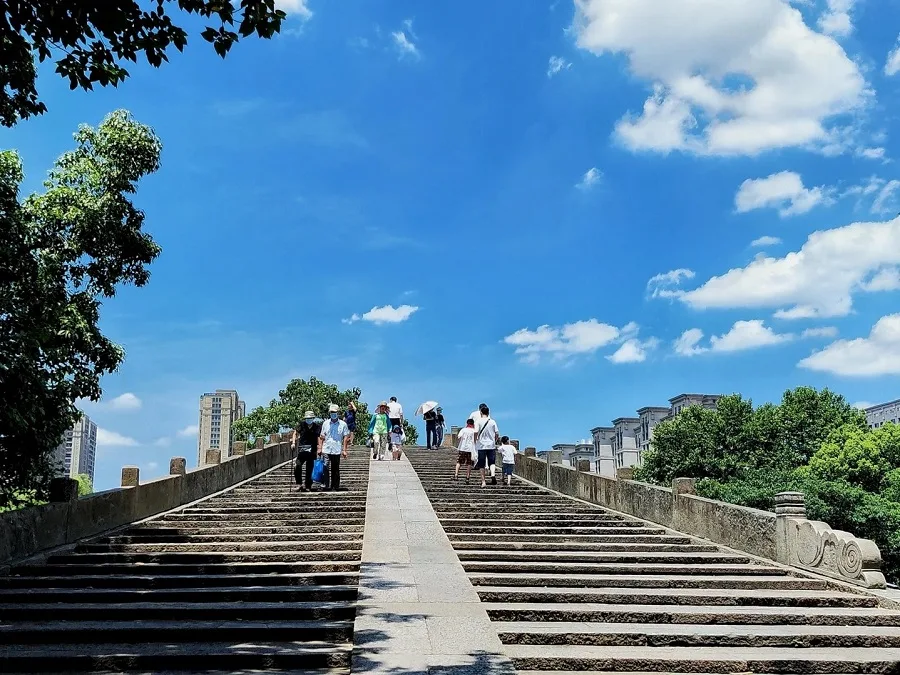
On the eastern bank of Gongchen Bridge lies the Canal Culture Square. This square features six relief sculptures depicting the ancient history of the Grand Canal. The grand Qianyun Teahouse, designed as a traditional-style building, dominates the square. As night falls, locals often gather here for relaxation, while enthusiasts of Yue opera showcase their talents at the “Variety Stage” on the square.
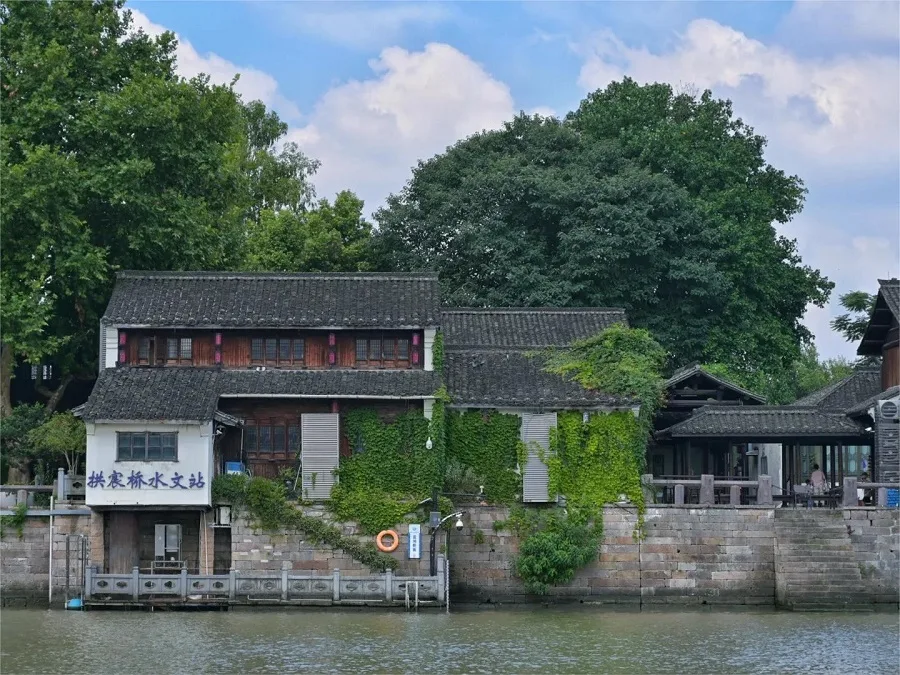
Adjacent to Gongchen Bridge on the east side is the bustling Bridge Alley Street. Here, you’ll find a mix of modern industrial factories and traditional commercial shops, interspersed with a plethora of residential buildings. Along the canal, homes blend with wharves, while courtyard-style traditional residences, alleyway buildings from the Republic of China period, makeshift “public houses” from the 1950s and 60s, and 1980s “tube-shaped” buildings contribute to the area’s diverse architectural landscape.

Near the bridge, the Zhongxinji Teaculture Club stands as a relic of the Republican era, serving as a charitable institution. It is recognized as the third batch of historically protected buildings in Hangzhou, dating back to 1924. The layout features a courtyard-style structure with a south-facing entrance. Covering an area of 560 acres, it consists of three sections enclosing a central courtyard. The interior structures are all single-story wooden buildings, showcasing traditional architectural techniques of the time.
Vlog about Gongchen Bridge
Attractions near Gongchen Bridge
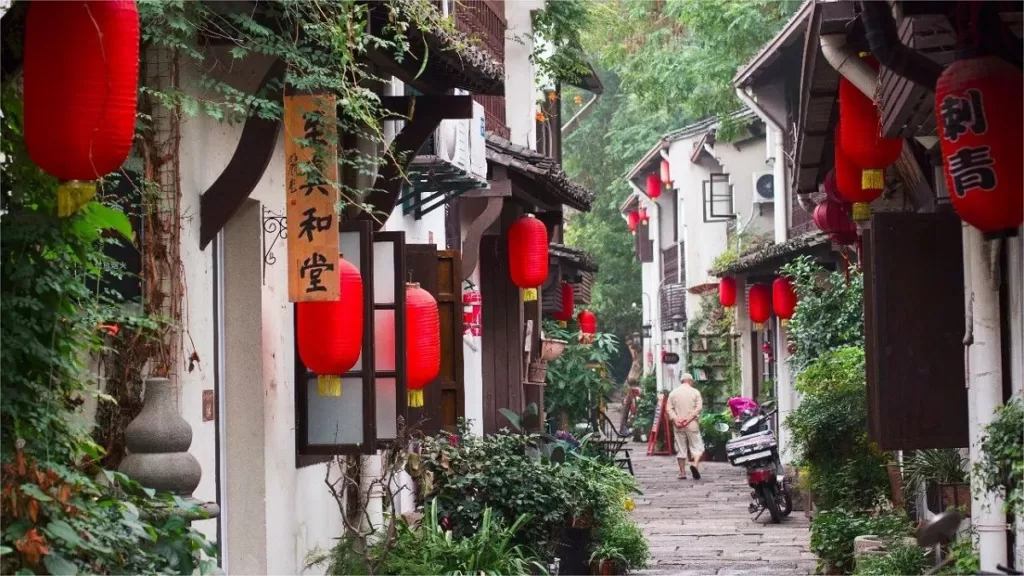
Xiaohe Street Historic Block

Xiangji Temple

Dadou Road Historical and Cultural Block

China Umbrella Museum
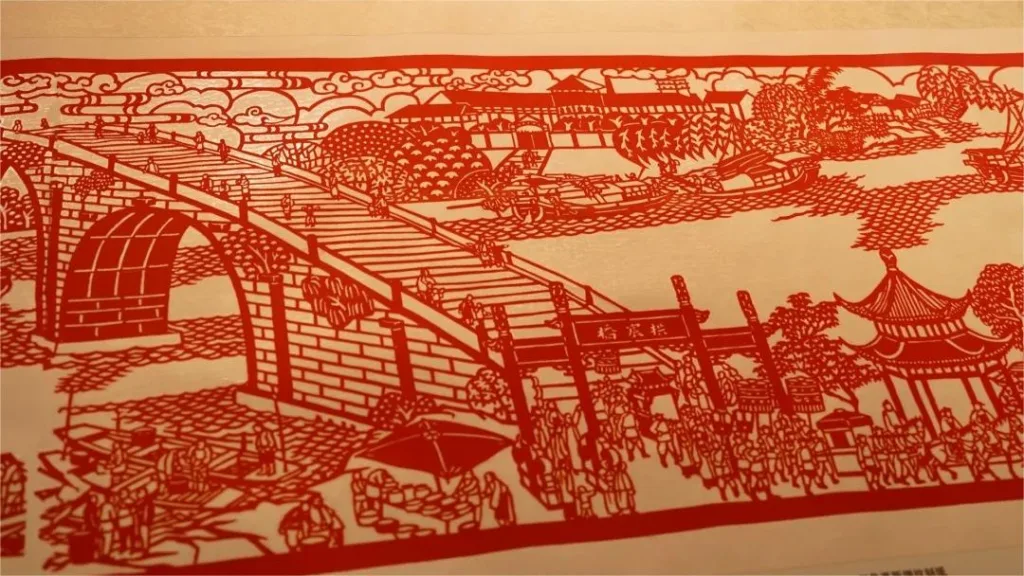
Hangzhou Arts and Crafts Museum
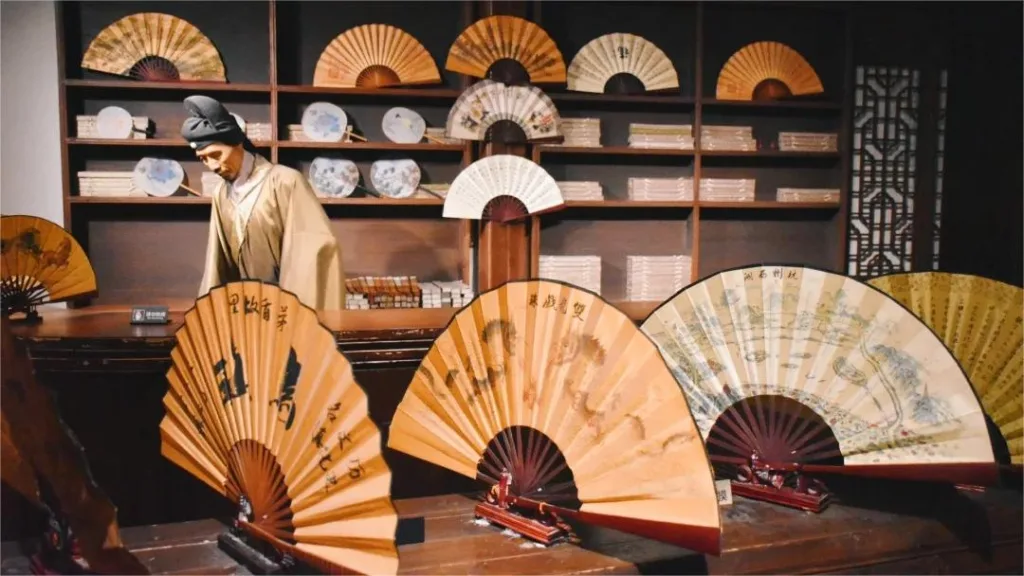
China Fan Museum

China Knife, Scissors, and Sword Museum
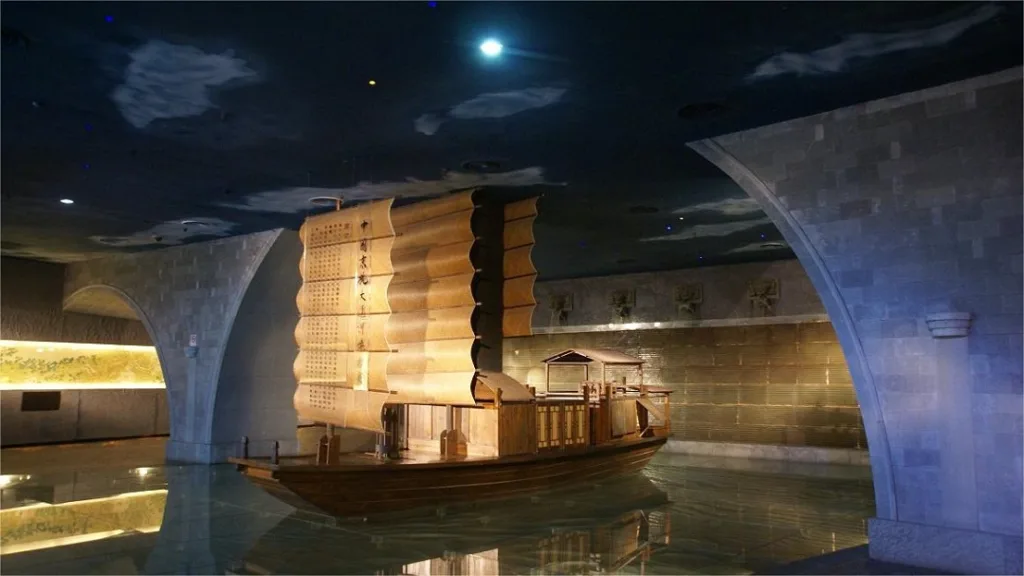
Beijing-Hangzhou Grand Canal Museum
Hangzhou attractions, Zhejiang historical sites